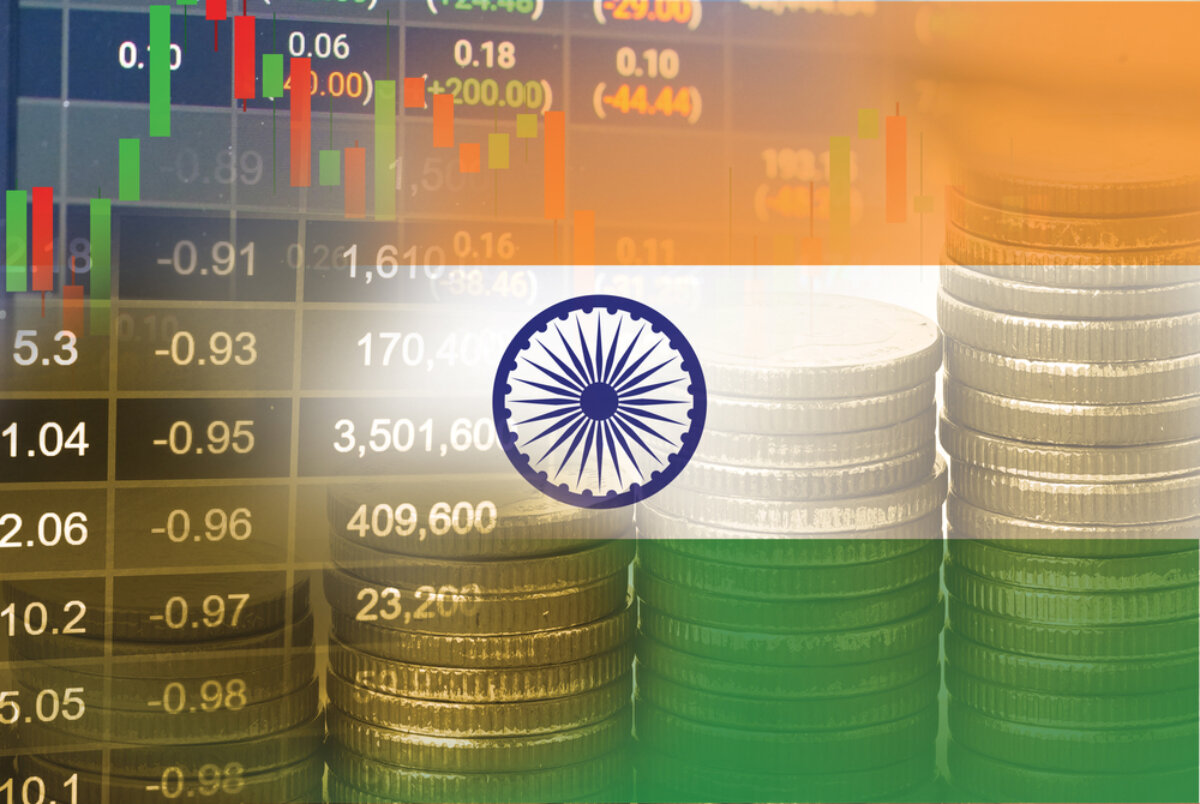The economy of India between emigration and remittances
From workers’ remittances to study abroad visas: India turns emigration into a strength for its economy. An analysis by Guido Bolaffi.

India is advancing in the world thanks to its records. Indeed, after those of demography and economy, now come those of emigration. According to the latest World Bank Migration and Development Brief: “With the largest emigrant population in the world - making it the top origin country globally - for the first time a single country, India, is on track to receive more than $100 billion in yearly remittances”.
This is a doubly significant “leap forward”: compared to the 83.15 billion dollars in 2020, it represents a significant quantitative increase in foreign earnings for Dehli and, above all, allows the Indian giant to significantly lengthen its lead over China in the world remittance ranking. This is made all the more remarkable by the fact that, according to the latest data provided by the US State Department on entry visas granted to foreign students in America, Indians (77.799) would surpass the Chinese (48.145) for the first time.
Hence the pride with which, on 9th January 2023, the Indian government, headed by PM Modi and his highly respected Foreign Minister Jaishankar, initiated the 17th edition of the Pravasi Bharatiya Divas (the Day of Indians Abroad). An event whose date – it is perhaps worth emphasizing – was decided in memory of the distant 9 January 1915, when Mahatma Gandhi set foot again, on his return from South Africa, on the soil of his homeland, and which, over the years, has gradually taken a much wider significance.
A change summarised by Sourav Roy Barman in the article Indian abroad: History, spread, remittances: “Over the years, the convention has grown in size and scope, particularly since 2015, when the Ministry of External Affairs turned the event into a biennial affair[...] The Indian diaspora has grown manifold since the first batch of Indian were taken to counties in the east pacific and Caribbean islands as indentured labourers[...] The 19th and early 20th centuries saw thousands of Indians shipped to those counties to work on plantations in British colonies which were reeling under a labour crisis due to the abolition of slavery in 1833-34[...] After many years the last wave of indian migration saw professional heading to western countries and workers going to the Gulf and west Asian Countries in the waka of the oil boom”.
The huge diaspora of Indians abroad, according to the latest statistics of the International Organisation for Migration (IOM) limited to countries where it exceeds one million, would be distributed as follows:
- United States (4.4 million);
- United Arab Emirates (3.4 million);
- Malaysia (2.9 million);
- Saudi Arabia (2.6 million);
- Myanmar (2 million);
- United Kingdom (1.7 million);
- Canada (1.7 million);
- Sri Lanka (1.6 million);
- South Africa (1.5 million);
- Kuwait (1.2 million);
A geographical distribution that testifies, more and better than words, to the double face of Indian emigration. In fact, the more professionally qualified groups, even though in constant, significant increase, are still a minority compared to those in the lower labour categories.
So much so that Sourav Roy Barman, in the article quoted above, in the face of the enthusiastic peana addressed for the “most talented migrants” at the Convention on 9th January, pointed out, like a good information professional, that the Indian Parliament in a document published last August: “It expressed apprehension that low/semi-skilled and blue collar workers abroad may not find place or feel comfortable to partecipate in the said celebration as the general profile of participants is seen to be very high level. The Committee have a strong view that the participation and involvement should be more broad-based accommodating the vulnerable sections of the diaspora community too”.
Therefore, India is at a crossroads today also when it comes to emigration. As Nobel economics laureate Amartya Sen wrote years ago in his essay The Double Soul of India: “While in the past the vast majority of Indian emigrants held modest jobs, today the situation is different. They are, in fact, also researchers or people hired to head technical departments who, when they return, have acquired significant professionalism and considerable managerial skills in addition to having reached an excellent technical level. Openness to the world of science and technology is among the most beneficial gifts of India’s pluralistic culture”.



